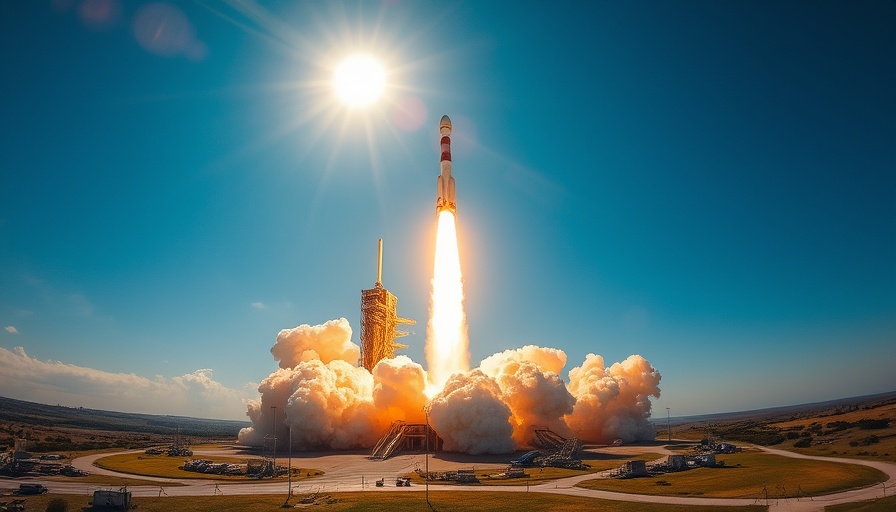
SpaceX Expands Starlink Network With Latest Launch
On May 9, 2025, SpaceX made significant strides in its mission to deliver high-speed internet globally by successfully launching 26 Starlink satellites from Vandenberg Space Force Base in California. This Falcon 9 rocket launch is a part of SpaceX's ongoing commitment to expand its Starlink network, which has already surpassed 7,000 operational satellites orbiting the Earth.
Technical Precision and Innovative Technology
The Falcon 9 rocket utilized in this mission, designated B1081, has an impressive history, marking its 14th launch—demonstrating SpaceX's focus on reusability to cut down costs and waste in space exploration. The rocket's powerful nine Merlin engines achieved liftoff at 8:19 p.m. EDT, releasing the satellites into low Earth orbit (LEO) approximately one hour later, after successfully landing on the operational drone ship, “Of Course I Still Love You,” stationed in the Pacific Ocean. This achievement signifies SpaceX’s technological proficiency and commitment to sustainable, repeated missions.
Impact on Global Connectivity
Starlink's evolving network aims to cover almost the entire globe, excluding remote regions like the poles, making internet access remarkably easier for users worldwide. Its lattice of satellites aims to provide high-speed internet connection wherever there is a clear view of the sky. The implications for remote regions and developing countries could be transformative, granting unprecedented connectivity and access to resources.
Future Predictions for SpaceX and Starlink
The successful deployment of these satellites is especially important as SpaceX prepares for its next few missions, including the anticipated Starship test flight set to occur within weeks. Analysts project that with Starlink's continued expansion, SpaceX could soon reap significant financial rewards, positioning itself as a leader in global broadband service.
Innovative Solutions Leading the Way
SpaceX's ventures extend beyond mere profitability. The integration of advanced technologies venturing into AI and robotics within their operations indicates a much broader vision for space exploration and commercial viability. While some critics raise ethical concerns about space clutter and potential environmental implications, SpaceX asserts its commitment to minimizing human footprint in space by enhancing satellite sustainability and launching practices.
As we witness the future unfold with SpaceX leading the charge, the blend of innovation and practical application offers a glimpse into a digitally connected globe where the potential for advancement is limitless.
This launch is also a reminder that innovation in the space sector is not only about exploration but also about creating impactful connections that could transform society as we know it. Stay tuned for the next launch and the continuing journey of SpaceX in the cosmos.
 Add Row
Add Row  Add
Add 




Write A Comment